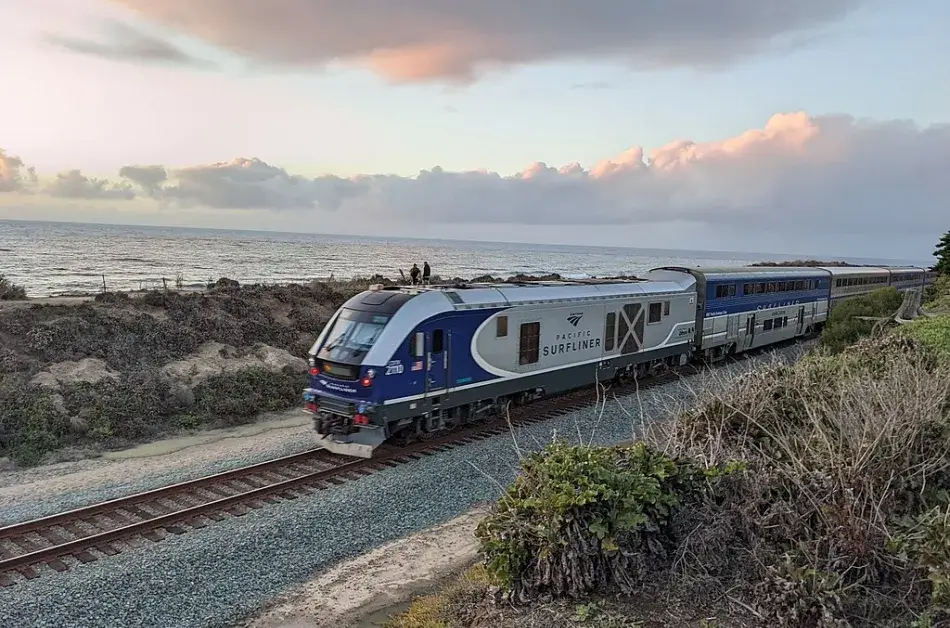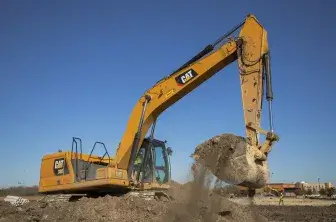Case study
Lincoln Service: High-speed rail while minimizing impact

Transportation accounts for nearly one third of U.S. greenhouse gas emissions, with the majority of emissions from cars and other light-duty vehicles.iInvesting in rail can be a step towards decarbonization and can decrease traffic congestion.
The Lincoln Service (formerly the State House) rail route from Chicago to St. Louis serves half a million riders annually but needed reliability and safety improvements by 2010.iiThe Illinois Department of Transportation (IDOT) sought federal funding to upgrade the service, but citizens were concerned about how construction would disrupt their communities. Due to its federal funding, the project was required by the National Environmental Policy Act to undergo review, which provided a forum for the public to share their concerns. Although the city of Springfield considered bringing a lawsuit against IDOT, officials held off, expressing hope that the environmental review process would provide alternatives.iiiBetween 2010 and 2012, an Environmental Impact Statement was drafted that assessed how the proposal would affect more than a dozen different criteria, including employment, environmental justice, and visual aesthetic of affected areas. Public engagement was cited as key to the statement’s success. All components of the statement are available publicly at:
https://www.idothsr.org/environmental_documentation/tier_1/.
Ultimately, agreements between municipalities and IDOT were reached, the project was approved and built, and effective May 2023, high-speed trains now operate at top speeds of 110 mph, already reducing the trip length dramatically. The length is soon expected to fall under four hours with further improvements, less time than it takes to drive.
Photo by Mds08011 / Wikimedia Commons


